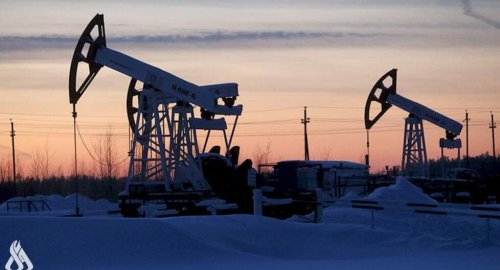
Oil prices rise more than 2%

- 9-07-2021, 23:34
Follow-up – INA
Oil prices rose for the second consecutive session on Friday, in response to the market’s response to the decline in US stocks.
The market was also supported by indications of strong Asian demand from China and India.
Brent crude futures rose $1.49, or 2 percent, to $75.60 a barrel by 1712 GMT.
US West Texas Intermediate crude futures rose $1.67, or 2.3 percent, to $74.60 a barrel.
"The market is starting to grapple with the historic drop in US oil inventories and the dim prospect of Iranian oil returning to the market," said Phil Flynn, senior analyst at Price Futures Group in Chicago.
However, the prices of both benchmarks are heading to end the week unchanged, despite the occurrence of significant daily fluctuations. and click on prices.
The collapse of talks at the beginning of the week on production between the Organization of the Petroleum Exporting Countries (OPEC) and allies including Russia, or the group known as OPEC+.
In the United States, the US Energy Information Administration said Thursday that crude and gasoline stocks fell, while demand for gasoline reached its highest level since 2019, indicating the strengthening of the economy.
Gains in oil prices have curbed fears that members of the OPEC + group may feel tempted to abandon production curbs that they have followed during the pandemic due to the breakdown of talks between Saudi Arabia and the United Arab Emirates, two major oil producers.
The two Gulf OPEC allies are at odds over a proposed deal that would pump more oil into the market.
OPEC+ sources told Reuters on Wednesday that Russia was seeking to mediate to help conclude a deal to increase production. On Tuesday, the White House said the United States had held high-level talks with officials in Saudi Arabia and the United Arab Emirates.
Source: CNBC Arabia












